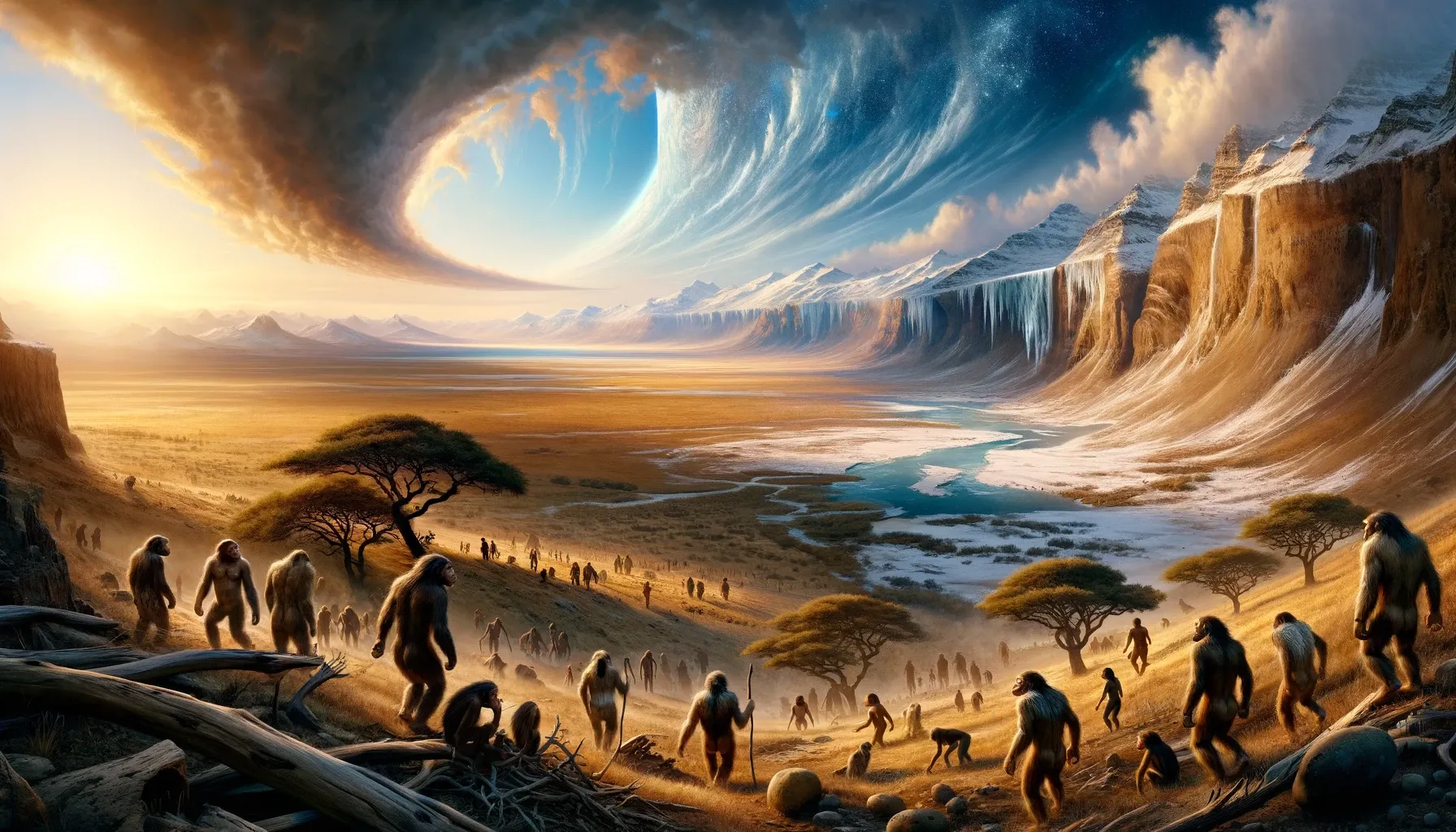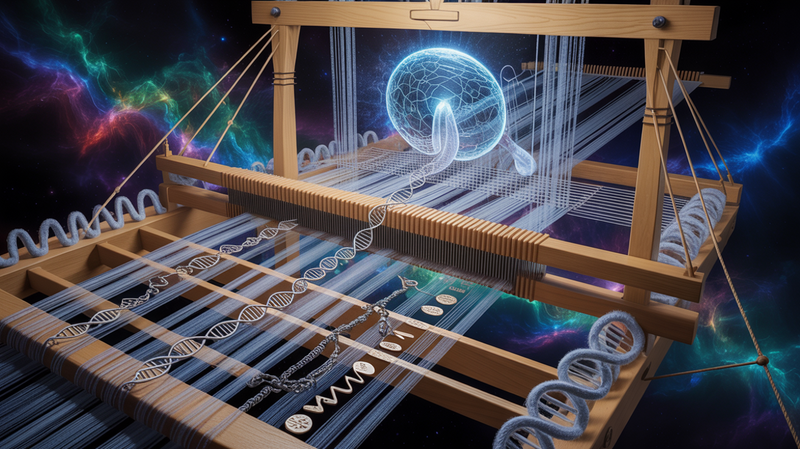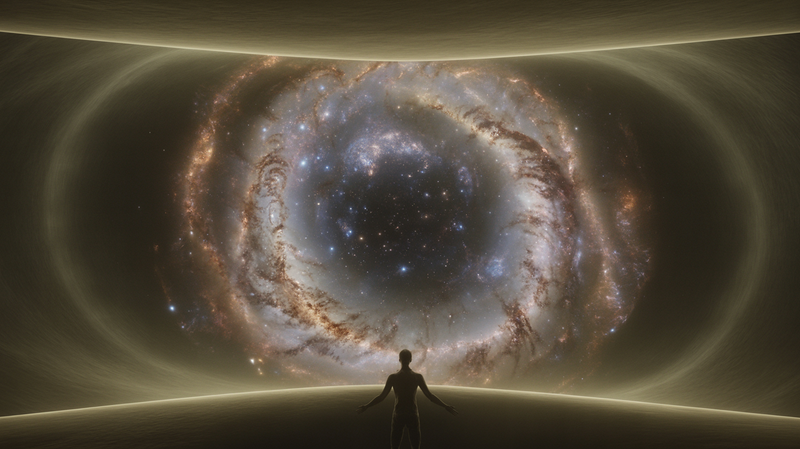From the Brink of Extinction: The Pivotal Migration that Shaped Humanity 900,000 Years Ago
Even before Homo sapiens had evolved, our ancestors faced a perilous bottleneck event that nearly led to their extinction. Discrepancies in the timing of this event have puzzled scientists, with genetic evidence suggesting a severe bottleneck occurred approximately 930,000 years ago, significantly reducing the hominin population. This period of

Even before Homo sapiens had evolved, our ancestors faced a perilous bottleneck event that nearly led to their extinction. Discrepancies in the timing of this event have puzzled scientists, with genetic evidence suggesting a severe bottleneck occurred approximately 930,000 years ago, significantly reducing the hominin population. This period of near-extinction lasted for over 100,000 years, leaving a lasting impact on the genetic diversity of modern humans. Archaeological evidence, however, seemed to contradict this timeline, suggesting a wider distribution of hominins during the supposed bottleneck period.
Recent studies aim to reconcile these differences, with new research suggesting the bottleneck aligns with the first major Pleistocene ice age around 900,000 years ago. This climatic event may have driven our ancestors out of Europe, coinciding with the genetic evidence of a dramatic population decline. Reevaluation of archaeological sites supports this revised timeline, challenging previous interpretations of early human distribution.
Interestingly, evidence indicates that around 900,000 years ago, as conditions in Africa became increasingly inhospitable, a significant migration of hominins out of Africa took place. This migration, facilitated by lower sea levels, could represent the ancestors of both Neanderthals and Denisovans. This period also saw similar migrations of other African species, suggesting a widespread environmental impact on various fauna.
The presence of earlier hominins in Eurasia remains uncertain, and it is possible that any such populations were either outcompeted by the newcomers or succumbed to different challenges, leaving no detectable legacy in the human genome. This contrasts with the contributions from Neanderthals and Denisovans to the modern human gene pool from migrations that occurred around 100,000 years ago.
This research, published in the Proceedings of the National Academy of Sciences, highlights the complexity of early human history and the significant impact of environmental changes on human evolution. As we continue to piece together the puzzle of our past, the story of human survival and adaptation grows ever more fascinating.




